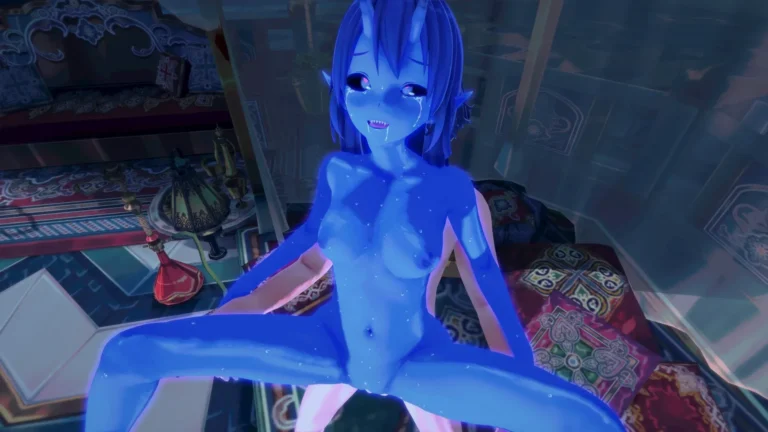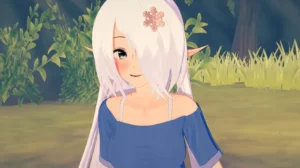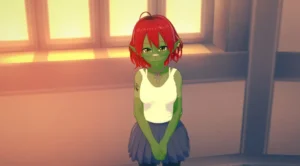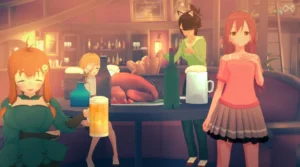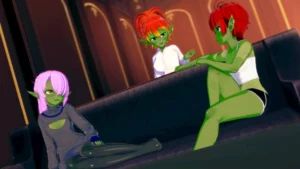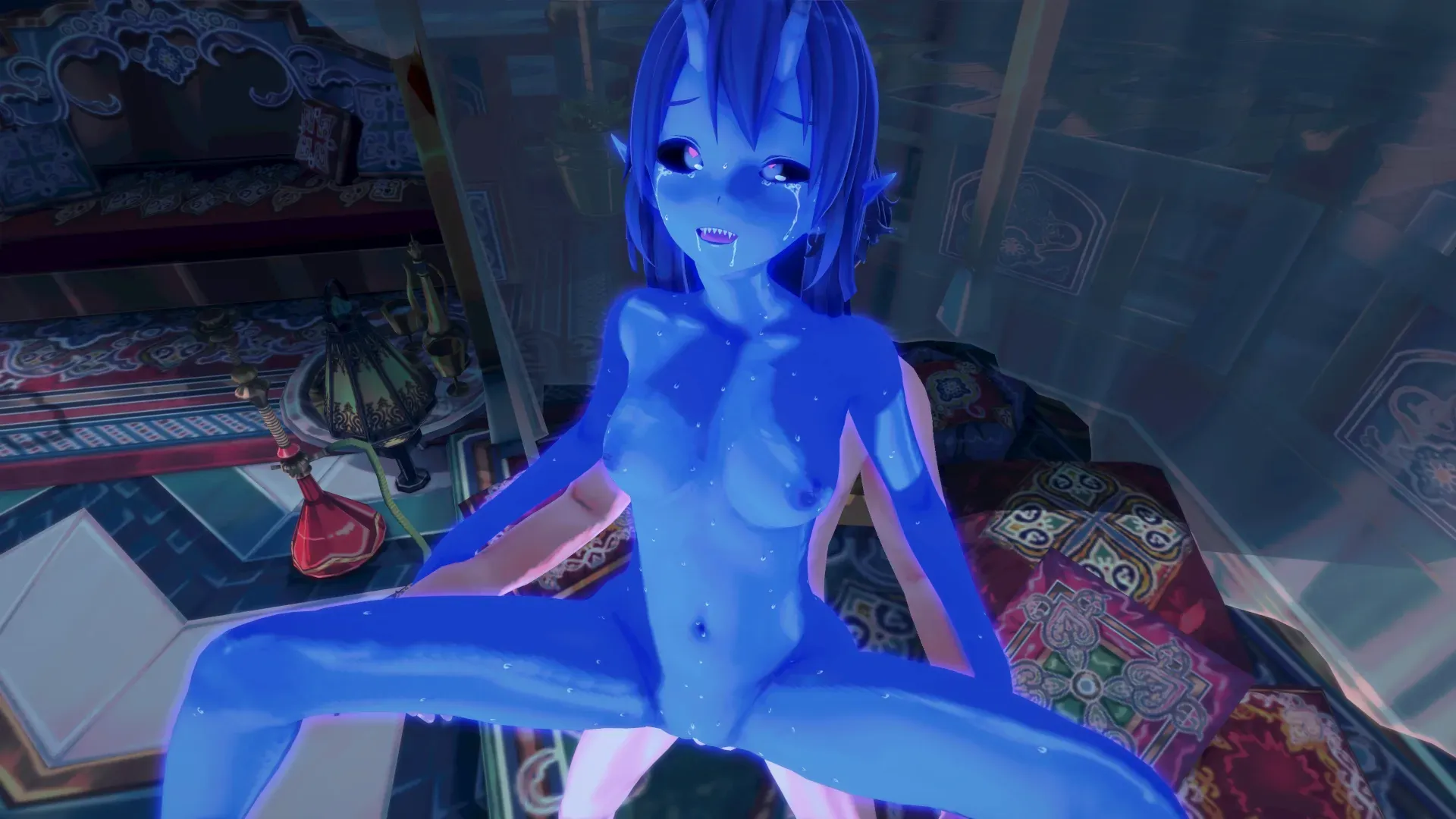
Tales of Unity
Play Tales of Unity
Tales of Unity review
Exploring the Unique Narrative and Gameplay of Tales of Unity
Tales of Unity offers a compelling blend of storytelling and gameplay that sets it apart in its genre. Unlike many games that focus solely on explicit content, this title weaves mature themes naturally into a rich narrative, making the experience both engaging and meaningful. Whether you’re drawn by the story or the unique character dynamics, Tales of Unity promises a memorable journey that balances plot and player choice seamlessly.
Understanding the Story and Setting of Tales of Unity
What is the Premise of Tales of Unity?
Let me paint you a picture. You wake up in a world scarred by a conflict so brutal it’s reshaped the very fabric of society. This is the reality you step into with Tales of Unity. So, what is Tales of Unity about? 🤔 At its heart, it’s a story about picking up the pieces. Humanity lost a devastating war against powerful, magical races and now faces the grim reality of subjugation. You aren’t a prophesied hero from birth; you’re someone trying to survive and find meaning in the ashes. The core Tales of Unity narrative asks a powerful question: in a world built on conquest and division, is unity even possible, or is it just a fairy tale? 🕊️
I remember starting the game for the first time, feeling that immediate sense of unease. The air feels heavy with regret, and every character you meet carries the invisible weight of the war. This isn’t your typical high-fantasy power trip. The Tales of Unity plot is a deeply personal journey that forces you to confront difficult moral choices. You’ll be asked to make alliances with former enemies and question who the real villains are. The brilliance of the Tales of Unity story is how it makes you care about the world and its people, making every decision feel consequential. It’s a narrative that sticks with you long after you’ve put the controller down.
The World and Its Factions
The Tales of Unity setting is a character in itself—a sprawling, melancholic landscape where nature is slowly reclaiming the ruins of a once-great human civilization. 🌄 Ancient cities are now occupied territories, and forgotten forests hum with magical energy that feels both beautiful and threatening. Exploring the Tales of Unity game world is a constant reminder of what was lost, but also a discovery of what could be. You’ll travel from the sun-bleached badlands, where human resistance fighters hide, to the crystalline spires of the Aetherials, feeling the cultural and physical divide at every turn.
This world isn’t monolithic; it’s defined by its clashing ideologies. The Tales of Unity factions are not simply “good” or “evil.” They are groups of people (and non-people) with their own compelling reasons for acting as they do, born from the trauma of the Great War. Understanding their motivations is key to navigating the Tales of Unity narrative. Your allegiance, or lack thereof, will dramatically alter your path through the game.
To help you get your bearings, here’s a breakdown of the main groups you’ll encounter:
| Faction | Description | Role in the Story |
|---|---|---|
| The Aetherials | A majestic, long-lived race of magic-wielders who won the war. They view humanity as a volatile, dangerous species that needs to be controlled for the greater good. | The ruling class. They represent order through subjugation, and your interactions with them range from hostile to cautiously diplomatic. |
| The Iron Covenant | A hardened remnant of the human military that refused to surrender. They believe in humanity’s right to self-determination, no matter the cost. | The militant resistance. They are the embodiment of human pride and desperation, often advocating for violent retaliation. |
| The Unbound | A scattered network of humans and sympathetic non-humans who seek a peaceful, integrated future. They operate in the shadows, helping those oppressed by the new regime. | The moral compass and the hope for a different path. Aligning with them often means choosing difficult, non-violent solutions. |
| The Golem-Kin | An ancient race of stone and earth, largely neutral in the war. They are deeply connected to the world itself and see the conflict as a sickness. | The wise observers. They offer cryptic wisdom and powerful aid, but only to those who prove they wish to heal the world, not conquer it. |
Navigating the relationships between these groups is the core of the gameplay loop. You can’t please everyone, and trying to will almost certainly backfire. I learned this the hard way when I promised the Iron Covenant I’d secure a weapons cache, only to later find out it belonged to a group of Unbound trying to protect refugees. 😬 The game doesn’t judge you for your choices, but it ensures you feel their weight.
How the Story Shapes Player Experience
The Tales of Unity narrative is not a backdrop; it’s the engine of the entire experience. 🚂 From the moment you create your character, the Tales of Unity story begins to weave around your choices. Unlike games where the plot is on rails, here, your actions directly influence how the Tales of Unity plot unfolds. I was genuinely shocked when a character I had casually helped in the first few hours reappeared much later to save me from an ambush. The game remembers everything.
This depth is achieved through a few key systems:
- Dialogue with Consequences: Every conversation is a potential branching point. A seemingly minor slight against an Aetherial guard might close off a questline hours later. You have to think before you speak.
- Faction Reputation: Your standing with each faction is dynamic. Helping the Iron Covenant will make the Aetherials distrust you, and vice-versa. This reputation system unlocks unique quests, vendors, and story outcomes. 🎭
- Environmental Storytelling: The Tales of Unity game world is filled with notes, abandoned camps, and ruins that tell smaller, heartbreaking stories of the war. You can choose to engage with these or not, but they add incredible layers to the main Tales of Unity story.
My Tip: Talk to everyone, and revisit locations after major story beats. The world and its people change, and you’ll uncover hidden layers of the Tales of Unity narrative that most players miss.
Ultimately, the Tales of Unity story is designed to make you feel like an active participant in a living, breathing world, not just a tourist. Your journey to answer the question of “what is Tales of Unity about?” becomes your own personal story of conflict, alliance, and the search for common ground in a broken world. It’s this seamless blend of a powerful, player-driven Tales of Unity plot and a richly detailed world that sets it apart, creating an immersive experience that is both thought-provoking and unforgettable. ✨
Tales of Unity offers a rich and immersive experience that goes beyond typical genre expectations by blending a strong narrative with meaningful player choices and natural integration of mature themes. Its unique approach to storytelling and character interaction creates a memorable journey that rewards exploration and engagement. Whether you are drawn by the story or the gameplay, Tales of Unity stands as a distinctive title worth experiencing. Dive in and discover the depth and nuance it has to offer.
